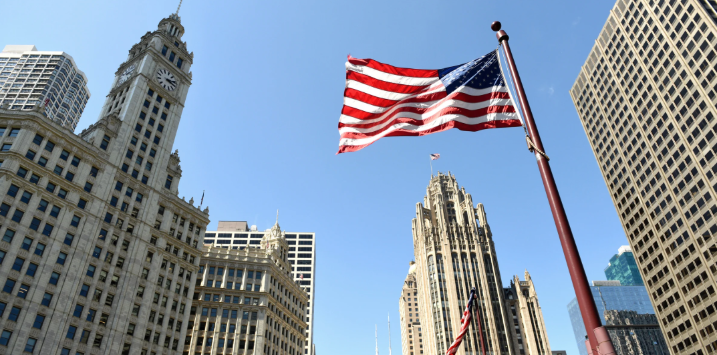
Will U.S. rates be cut this year?
I recently penned a blog post in which I highlighted the market-related concerns of American economist, chess Grandmaster, professor of international economics at Harvard University, former International Monetary Fund (IMF) Chief Economist and co-author of This Time is Different: Eight centuries of Financial Folly, Kenneth Rogoff.
In that blog post, I noted Rogoff’s warning that the United States is on the brink of a once-in-a-century debt crisis, driven by decades of complacency over “costless” borrowing amid ultralow interest rates. Today, the US net public debt is nearing 100 per cent of gross domestic product (GDP) and gross debt amounts US$37 trillion. This surpasses all other advanced economies combined. Rogoff believes rising Treasury yields and escalating debt-servicing costs, which now exceed the defence budget, signals the end of this era.
The article also scrutinised Donald Trump’s personal investments, including the relatively recent declaration of the purchase of US$100 million in bonds since January 2025.
The purchases raise the question of a conflict of interest and strategic positioning, as do his calls for the Fed to cut rates, for Fed Chair Jerome Powell (who has hitherto refused to cut) to resign, as well as Federal Reserve Governor Lisa Cook, accusing her of mortgage fraud.
Jerome Powell has always insisted rate settings must be in response to data, while Trump has insisted the economy needs cuts now – suggesting they can be raised again later if the economy demands it.
According to all reports, inflationary pressures are on the rise, with the core consumer-price index rising 3.1 per cent year-on-year in July, up from 2.9 per cent in June. Inflation is therefore above target and rising.
Despite this, the market seems confident the Fed will cut rates soon. Futures markets are currently implying a slightly more than 80 per cent probability of at least a 0.5 per cent rate cut by December.
At the annual Jackson Hole Economic Policy Symposium on 21-23 August, Jerome Powell acknowledged a “shifting balance of risks” in the US economy, including signs of stress in the labour market.
“Overall, while the labour market appears to be in balance, it is a curious kind of balance that results from a marked slowing in both the supply of and demand for workers,” adding, “This unusual situation suggests that downside risks to employment are rising. And if those risks materialise, they can do so quickly in the form of sharply higher layoffs and rising unemployment.”
US job creation has flatlined, but the unemployment rate hasn’t really budged because, as Powell noted, “Tighter immigration policy has led to an abrupt slowdown in labour force growth. The consequence is that demand for labour (the numerator) and the supply of labour (the denominator) have cooled, causing the unemployment rate to be stable. But the same dynamic points to a slowing economy.
Powell cautioned that inflation risks remain elevated.
“Higher tariffs have begun to push up prices in some categories of goods” … “The effects of tariffs on consumer prices are now clearly visible. We expect those effects to accumulate over coming months, with high uncertainty about timing and amounts.”
Nevertheless, perhaps because concerns about the labour market now outweigh concerns about inflation, Powell effectively hinted at possible “policy adjustments” in coming months.
“Putting the pieces together, what are the implications for monetary policy? In the near term, risks to inflation are tilted to the upside, and risks to employment to the downside — a challenging situation. When our goals are in tension like this, our framework calls for us to balance both sides of our dual mandate. Our policy rate is now 100 basis points closer to neutral than it was a year ago, and the stability of the unemployment rate and other labor market measures allows us to proceed carefully as we consider changes to our policy stance. Nonetheless, with policy in restrictive territory, the baseline outlook and the shifting balance of risks may warrant adjusting our policy stance.”
The Fed may cut rates as early as September, although inflation and jobs data due between now and then will be determinative.
For many investors, all of the above is a sideshow. They believe it makes sense to simply bet on Trump getting whatever he wants.
You can read my previous article here:
America’s looming debt crisis